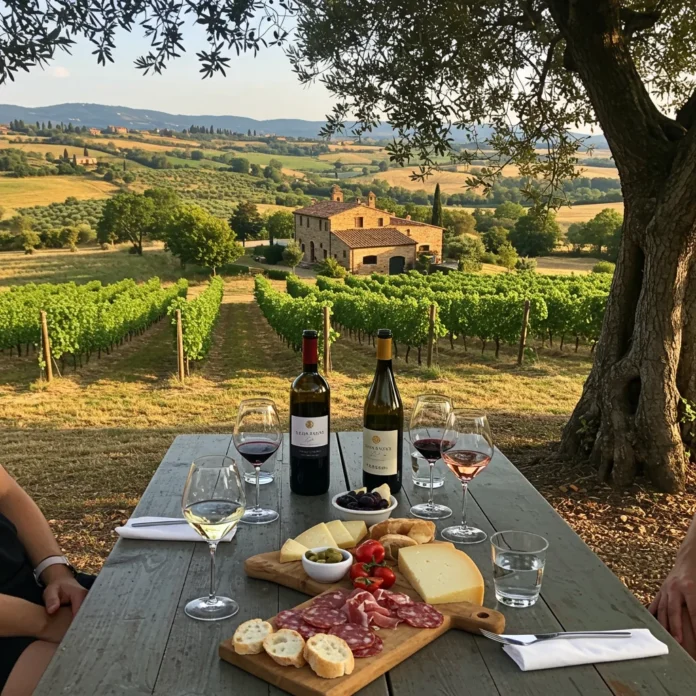Introduction: Discovering the Tuscan Countryside Through Wine
The Tuscan countryside offers a sensory feast for travelers seeking authentic Italian experiences. Rolling hills dotted with cypress trees, sun-warmed vineyards stretching to the horizon, and centuries-old stone villages set the stage for a journey into the heart of wine culture. Here, every glass tells a story of tradition, climate, and the passionate people behind each bottle. A small-group wine tasting brings these elements together, allowing us to savor Tuscany’s flavors with intimacy and insight.
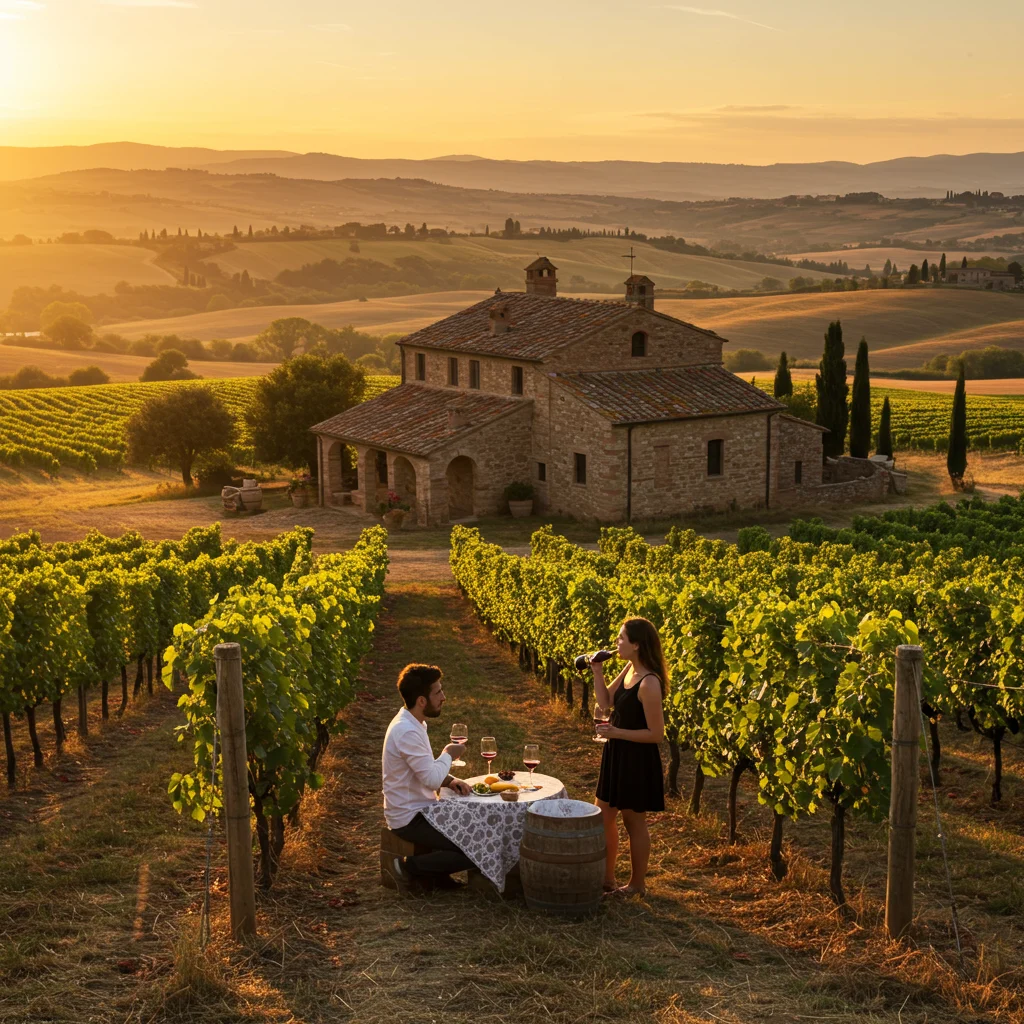
Why Choose a Small-Group Wine Tasting Experience?
Opting for a small-group wine tasting ensures a more personalized and interactive experience. With fewer participants, guides can tailor their insights to our interests, answer questions in depth, and adapt the pace of the day. This format encourages genuine conversations, not just with the guide but also among fellow wine lovers, fostering a convivial atmosphere that larger tours often lack.
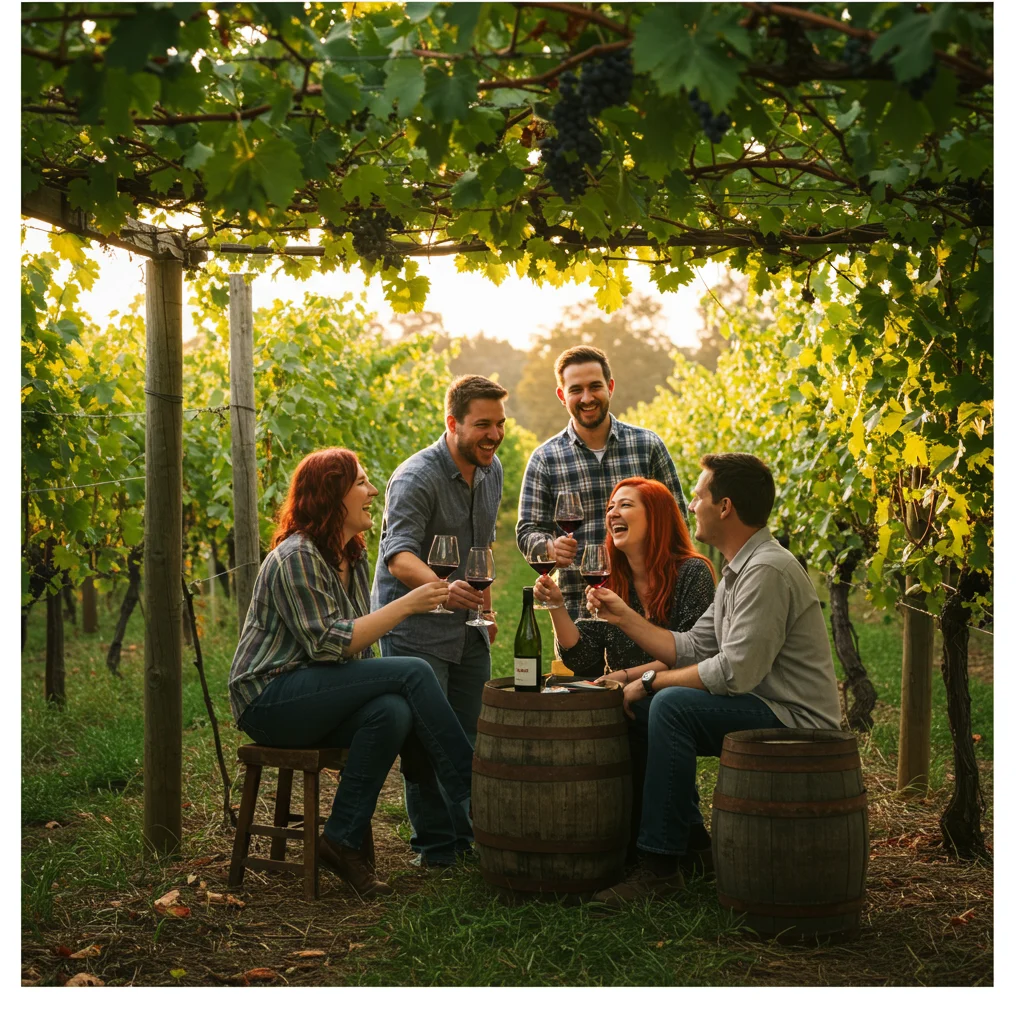
We find that small groups make it easier to access boutique wineries, often family-run, where the winemakers themselves share their stories. This intimacy transforms a simple tasting into a memorable cultural exchange.
What Makes Tuscany a Top Wine Destination?
Tuscany stands out as a wine destination because of its unique blend of climate, soil, and centuries-old traditions. The region’s sun-soaked days, cool nights, and mineral-rich earth yield grapes of remarkable character. From internationally renowned reds like Chianti Classico and Brunello di Montalcino to crisp whites such as Vernaccia di San Gimignano, Tuscany’s diversity invites exploration.
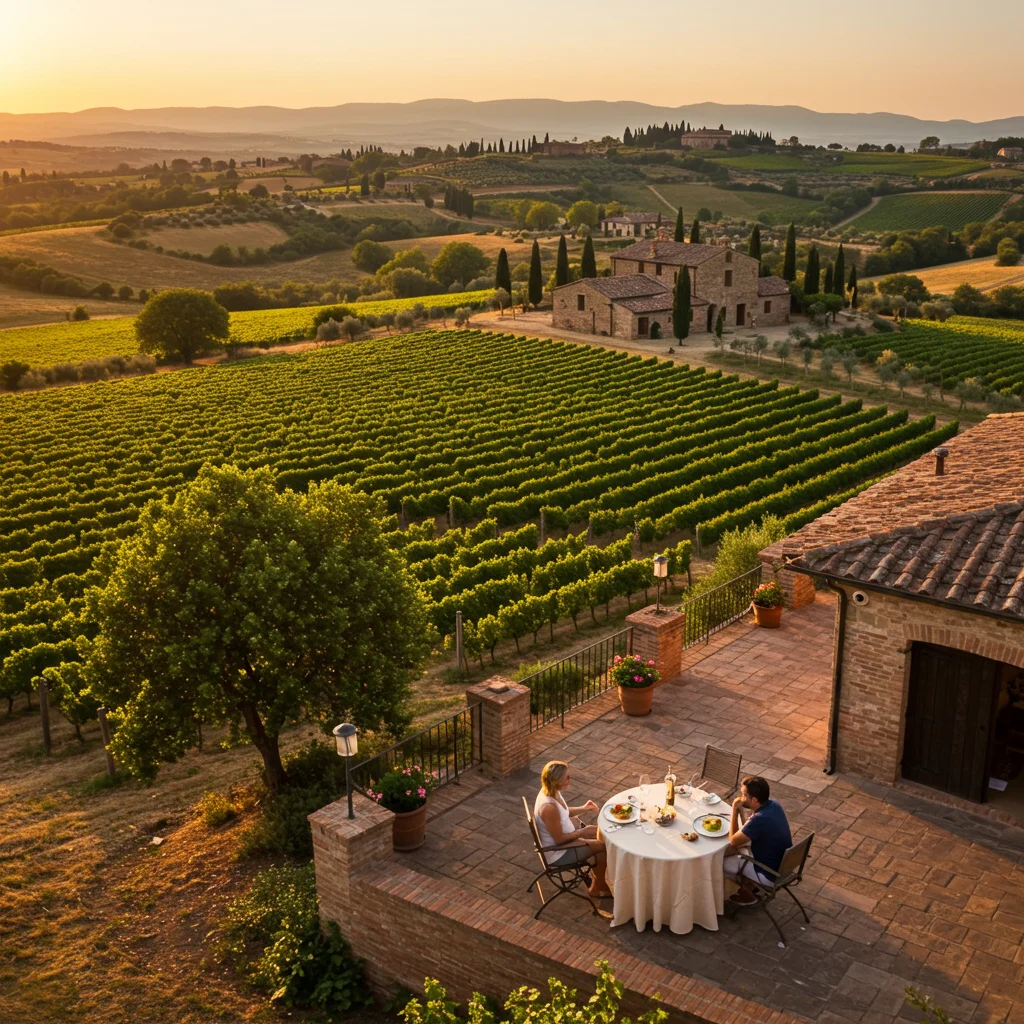
The landscape itself adds to the allure. Vineyards cascade down hillsides, medieval villages crown distant peaks, and the air is tinged with the scent of wild herbs and ripe fruit. Every visit immerses us in a living tapestry of history and flavor.
A Brief History of Wine in Tuscany
Wine production in Tuscany dates back to the Etruscans, who cultivated grapes long before the Romans arrived. Over millennia, local families refined their craft, establishing rules and traditions that persist today. The Middle Ages saw monasteries and noble estates elevate winemaking to an art, and many of the world’s most celebrated wines still carry names rooted in these ancient histories.
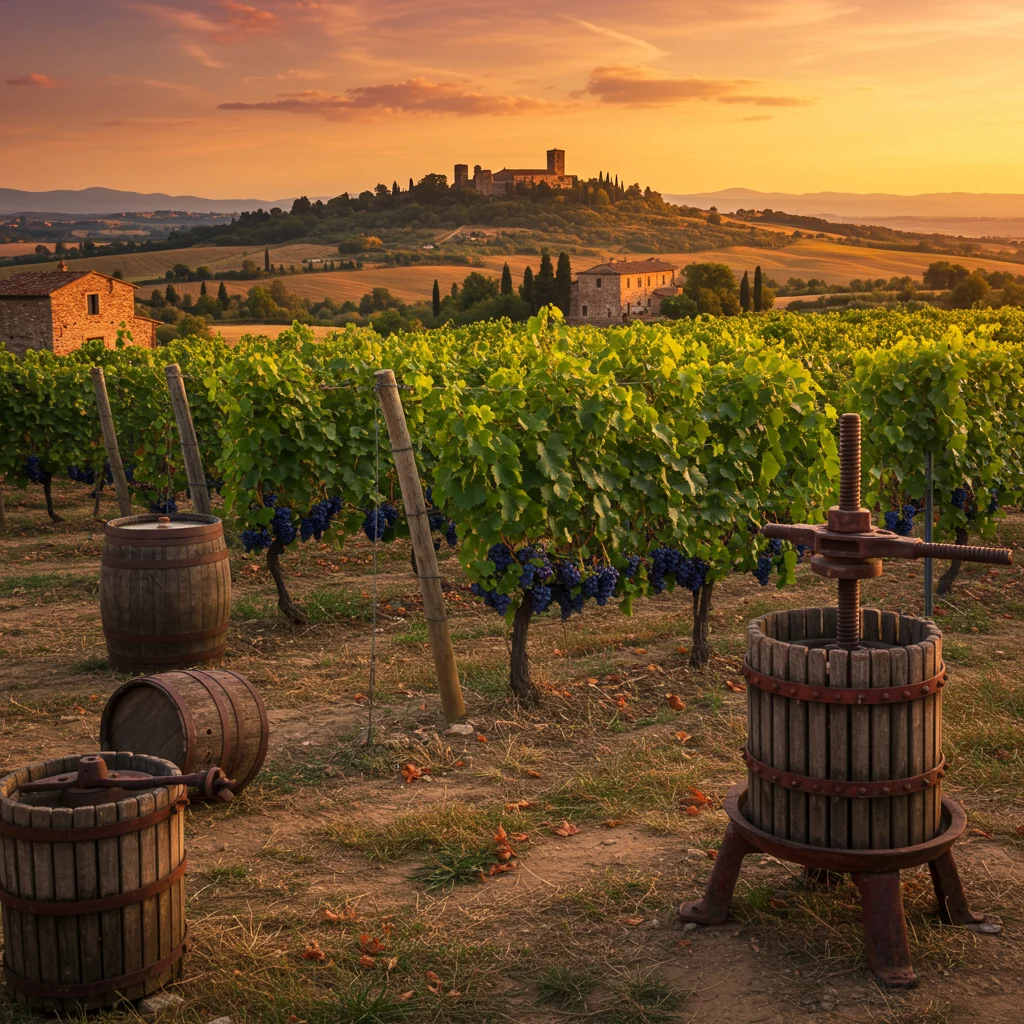
Modern Tuscan winemakers balance respect for tradition with innovation, resulting in wines that honor the past while embracing contemporary tastes.
How Does a Small-Group Wine Tour Differ From Larger Tours?
Small-group tours offer a distinct experience compared to larger, more commercial outings. With a limited number of guests, we enjoy greater flexibility—guides can adjust itineraries based on group preferences, and we are often welcomed into areas of wineries closed to bigger crowds.
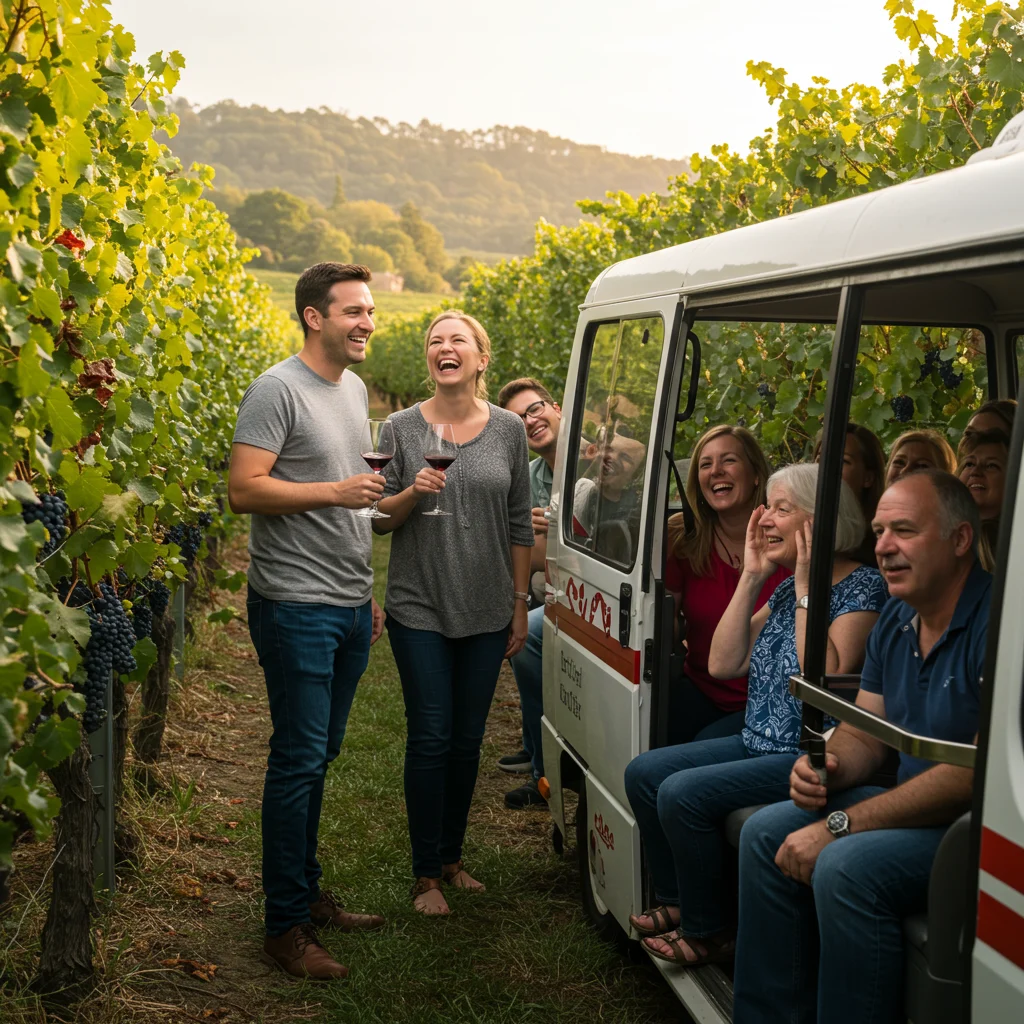
This exclusivity often means tastings of rare vintages, private cellar tours, and direct conversations with the winemakers themselves. The pace is more relaxed, allowing us to savor each moment and develop a deeper appreciation for the craft.
Who Should Join a Small-Group Wine Tasting?
Small-group wine tastings appeal to anyone seeking meaningful connections with local culture, whether we are seasoned oenophiles or curious newcomers. The format suits couples, friends, solo travelers, and even families with older children, provided the tour accommodates minors.
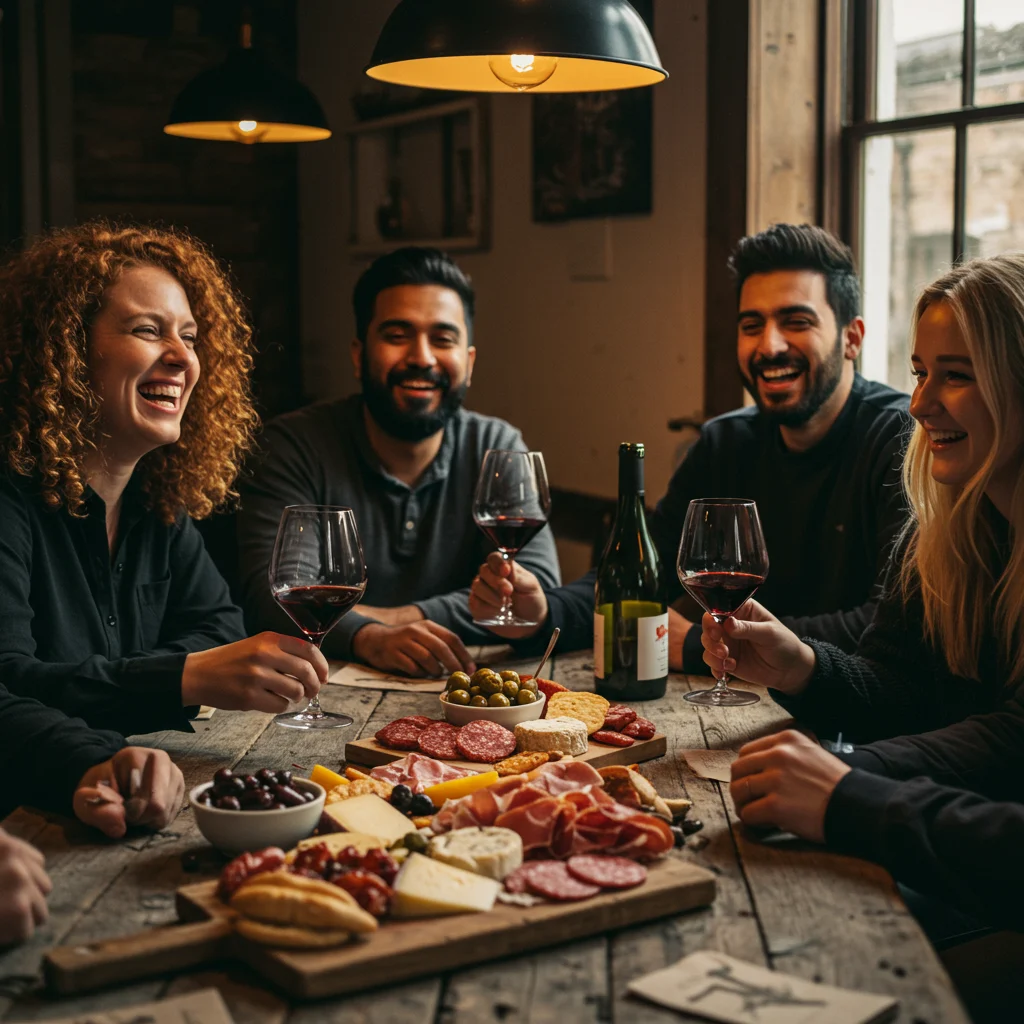
We recommend this experience for those who value learning, conversation, and the chance to sample exceptional wines in a picturesque setting without feeling rushed or lost in the crowd.
Planning Your Tuscan Wine Tasting Adventure
Thoughtful planning enhances the enjoyment of a Tuscan wine tour. Consider the season, pack with comfort in mind, and book through reputable providers to secure the best experiences.
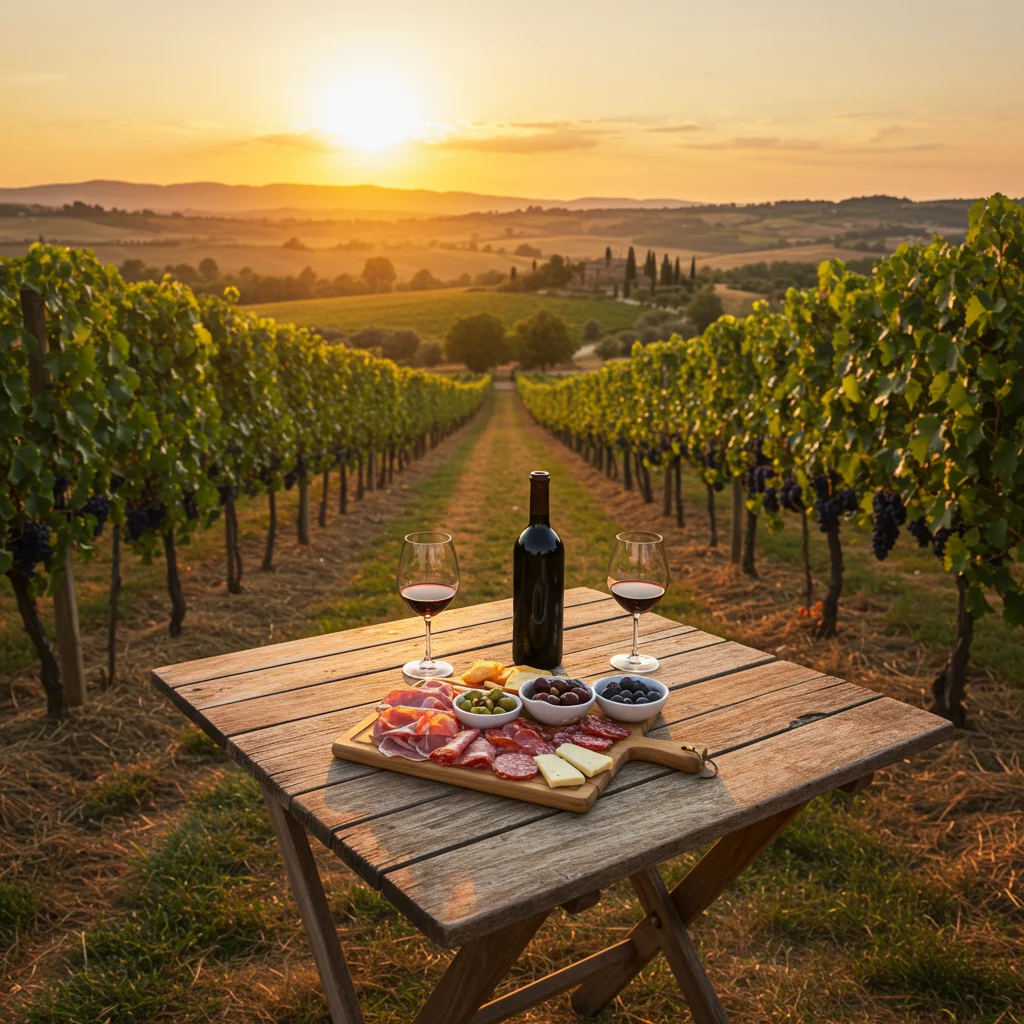
Best Times of Year for Wine Tasting in Tuscany
The ideal seasons for wine tasting in Tuscany are spring (April to June) and autumn (September to October). During these months, the vineyards are lush, the weather is mild, and harvest activities fill the air with excitement. Summer brings vibrant landscapes but also larger tourist crowds, while winter offers tranquility and the possibility of cozy cellar tastings by the fire.
What to Pack for Your Wine Tasting Tour
Comfortable clothing and sturdy shoes are essential for navigating vineyard paths and cobblestone villages. We suggest bringing a light jacket, sunglasses, sunscreen, and a reusable water bottle. A camera or smartphone will help capture the stunning scenery, and a small notebook is perfect for jotting down tasting notes.
How to Book a Small-Group Wine Tasting Experience
Booking in advance is highly recommended, especially during peak travel seasons. Look for tours that specify group sizes, include transportation, and feature visits to both renowned estates and hidden gems. Reading recent reviews and seeking recommendations from trusted sources can help us select the right experience. As we outlined in our post about the Florence Sunset Food & Wine Tour, local expertise often elevates a tour from enjoyable to unforgettable.
Top Tuscan Wine Regions to Explore
Tuscany’s wine map is dotted with regions, each offering distinct styles and atmospheres. Exploring several areas provides a well-rounded appreciation of the region’s diversity.
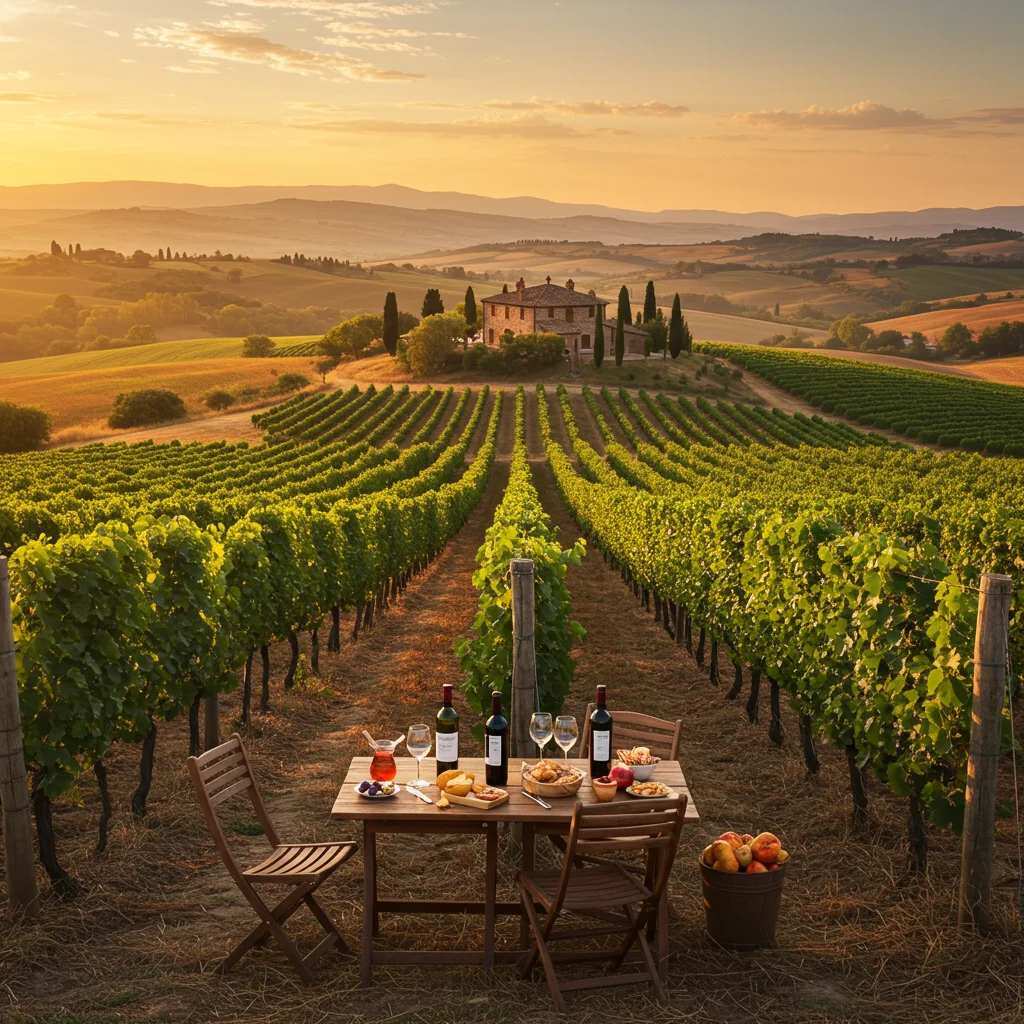
Chianti: The Heart of Tuscan Wine
Chianti is perhaps the most iconic of all Tuscan wine regions. Its rolling hills, medieval castles, and patchwork vineyards produce the famed Chianti Classico, a red wine known for its bright acidity and cherry notes. The region’s rustic charm and welcoming wineries make it a favorite among visitors.
Montalcino: Home of Brunello
South of Siena, Montalcino is synonymous with Brunello, a robust red made exclusively from Sangiovese grapes. The area’s sun-drenched slopes and cool breezes create wines with depth, structure, and impressive aging potential. Tasting Brunello at its source is a highlight for many wine enthusiasts.
Montepulciano: Vino Nobile and Beyond
Montepulciano produces Vino Nobile, a refined red with notes of plum, violet, and spice. The town itself, perched atop a ridge, offers panoramic views and a sense of history that infuses every glass. Local wineries often pair tastings with tours of ancient cellars carved into the hillsides.
Bolgheri: The Land of Super Tuscans
Bolgheri has gained international acclaim for its “Super Tuscan” wines—modern blends featuring international grape varieties like Cabernet Sauvignon and Merlot. The region’s proximity to the sea brings a freshness to its wines, and its cypress-lined avenues invite leisurely exploration.
San Gimignano: Vernaccia and Medieval Charm
San Gimignano’s medieval towers rise above vineyards producing Vernaccia, a crisp white wine with floral and almond notes. The town’s historic streets and picturesque squares provide a captivating backdrop for wine tastings and local shopping.
What to Expect on a Small-Group Wine Tasting Tour
Joining a small-group tour in Tuscany means a blend of discovery, relaxation, and education. Each itinerary has its own rhythm, but several elements are common across experiences.
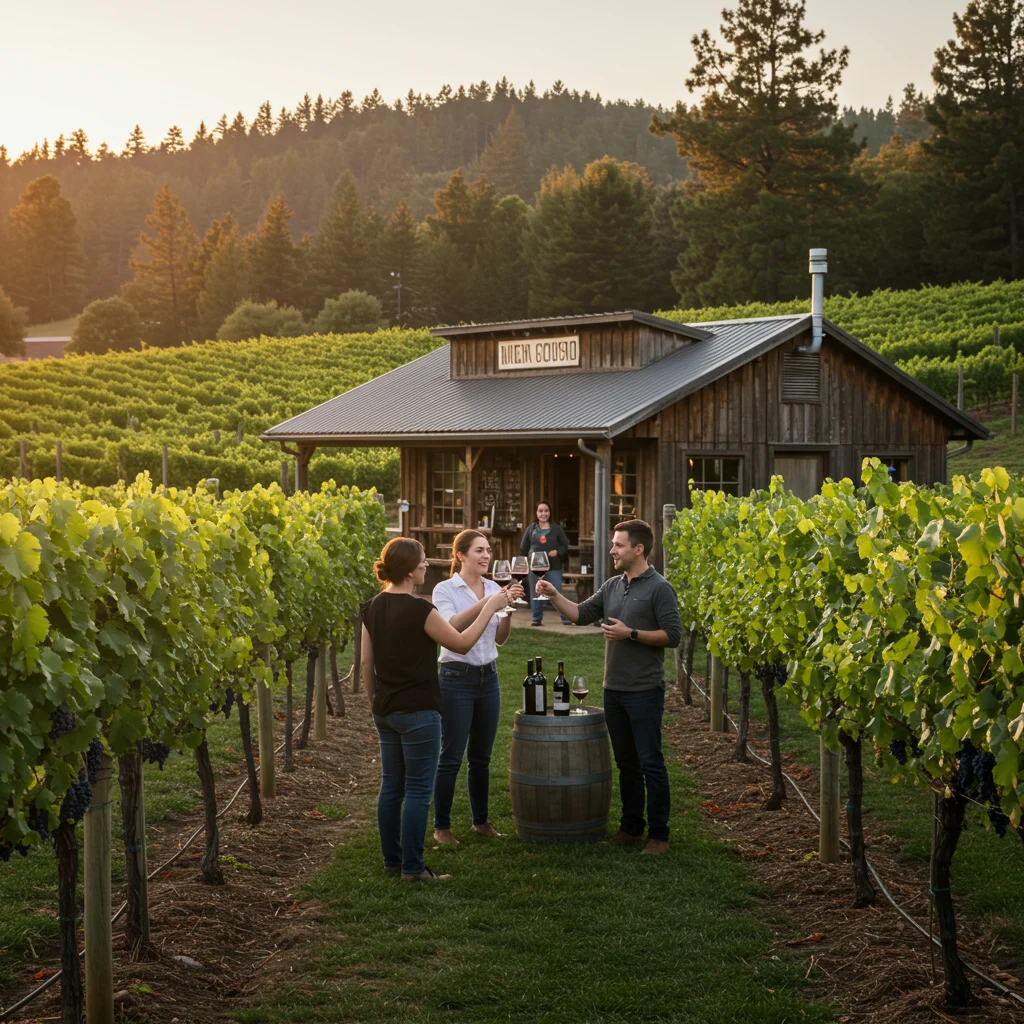
Typical Itinerary for a Tuscan Wine Tasting Day
A typical day starts with a morning pickup, followed by scenic drives through the countryside. We visit two to four wineries, enjoy guided tastings, and pause for a leisurely lunch featuring local specialties. Along the way, there may be stops in charming villages or at panoramic viewpoints.
Transportation: Getting Around the Countryside
Most tours include comfortable minivan or small bus transport, allowing us to relax and take in the view. Winding roads lead through vineyards and olive groves, with each bend revealing new vistas. For those who prefer self-guided adventures, car rentals are an option, but organized tours remove the stress of navigation and parking.
Meeting Your Guide and Fellow Wine Lovers
Our guide serves as both host and educator, sharing insights about the region, its wines, and its people. Small groups foster easy conversation, making it natural to connect with fellow travelers who share our interests. The camaraderie often continues over shared meals and tastings.
Visiting Local Wineries: What Happens During a Tasting?
At each winery, we are greeted by staff or the winemaker, who leads us through the cellars and vineyards. Tastings typically include several wines, each introduced with background on grape varieties, production techniques, and food pairings. We may sample olive oil, bread, or cheese alongside the wines, heightening the flavors and deepening our understanding.
How Many Wineries Will You Visit?
Most small-group tours visit between two and four wineries in a day, striking a balance between variety and depth. This pace allows time for relaxed tastings, in-depth questions, and spontaneous moments—such as a stroll among the vines or an impromptu barrel sample in the cellar.
Learning About the Winemaking Process
One of the greatest joys of a Tuscan wine tour is learning how wine moves from vine to bottle, shaped by human hands and natural forces alike.
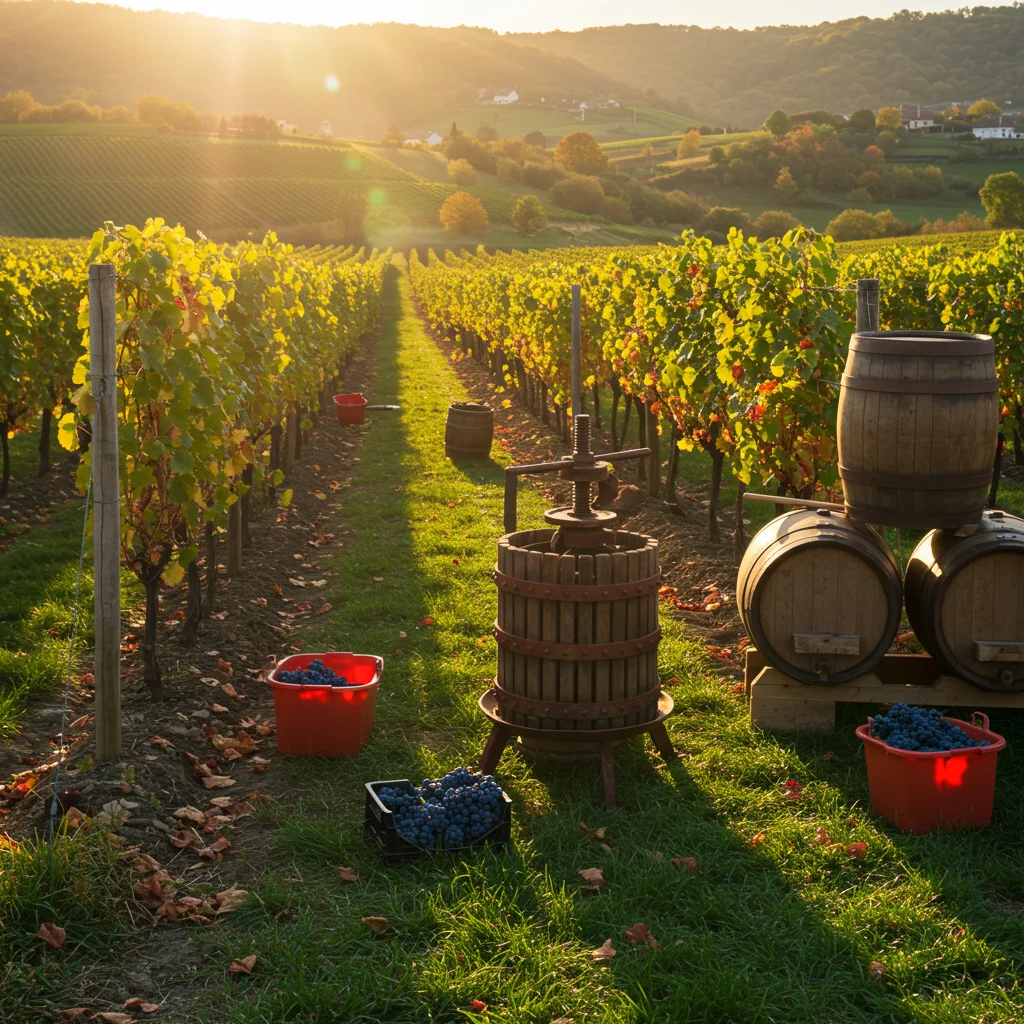
From Vine to Glass: Vineyard Tours Explained
Guided walks through the vineyards reveal the importance of terroir—the interplay of soil, weather, and landscape. We observe pruning, harvesting, and the subtle art of grape selection, gaining appreciation for the labor and love that underpin each vintage.
Meet the Winemakers: Personal Stories and Traditions
Meeting the people behind the wine adds a personal dimension to our experience. Winemakers share family traditions, challenges, and triumphs, connecting us to generations of craftsmanship. Their passion is infectious, and their stories illuminate the choices that define each wine’s character.
How Are Tuscan Wines Made?
Winemaking in Tuscany combines ancient techniques with modern science. Grapes are harvested by hand, fermented in temperature-controlled tanks or traditional oak barrels, and aged to develop complexity. We learn how decisions about grape blends, fermentation, and aging influence style and flavor.
Understanding Organic and Sustainable Practices
Many Tuscan wineries are committed to organic and sustainable viticulture. We see firsthand how cover crops, natural pest control, and minimal intervention protect the land and yield healthier vines. As experts often say:
“Wine is the product of its environment and the respect shown to it by those who cultivate the land.”
Choosing tours that highlight these practices supports the future of Tuscany’s winemaking heritage.
Wine Tasting 101: How to Taste Like a Pro
Developing our tasting skills enhances enjoyment and deepens appreciation for the nuances of Tuscan wines. Each step engages our senses and sharpens our palate.
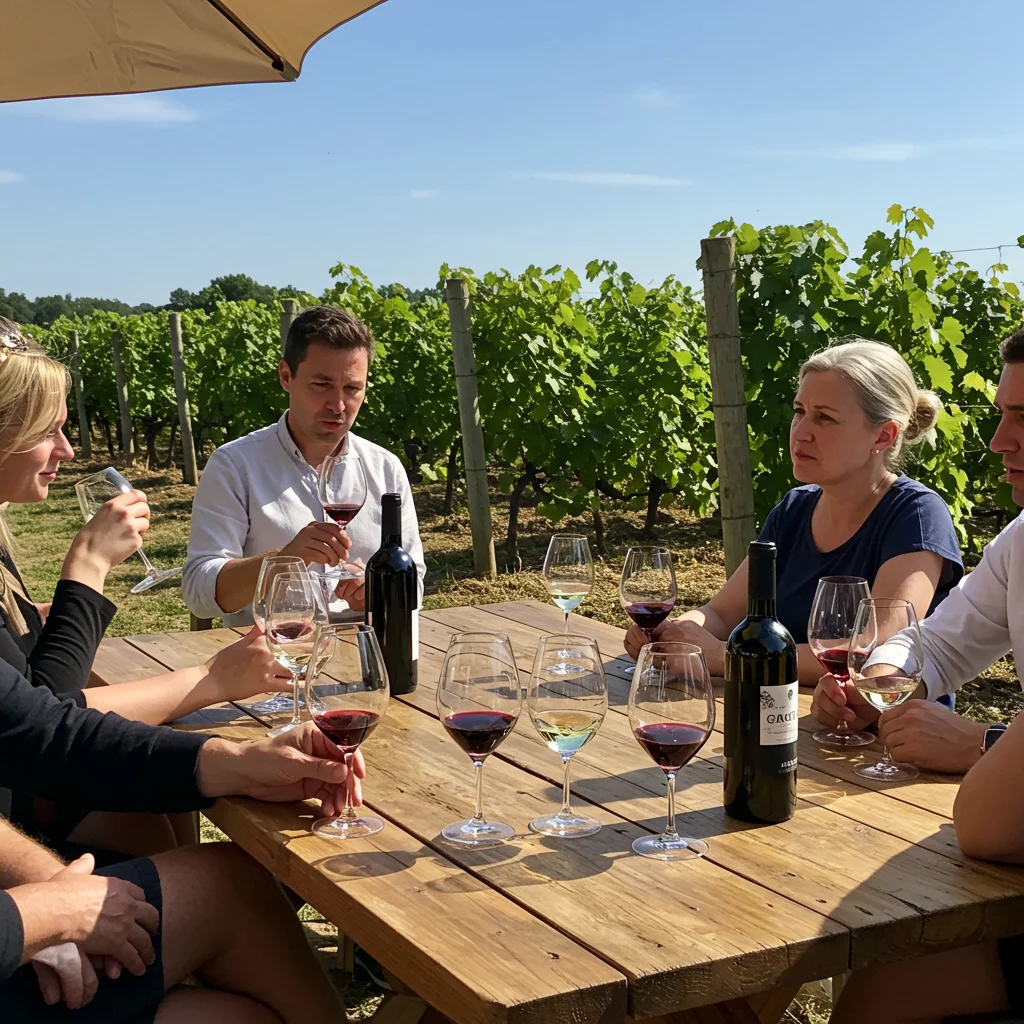
What Are the Steps of a Professional Wine Tasting?
We follow a series of steps to evaluate each wine:
- Observe: Examine the color and clarity.
- Swirl: Release aromas by swirling the glass.
- Smell: Inhale deeply, noting fruit, floral, and earthy scents.
- Taste: Take a sip, holding the wine in the mouth to assess flavor, acidity, and tannins.
- Reflect: Consider the finish and overall balance.
How to Identify Aromas and Flavors in Tuscan Wines
Tuscan wines often exhibit notes of cherry, plum, violet, and earthy undertones. Whites may offer citrus, almond, and mineral hints. By practicing mindful tasting, we train ourselves to recognize these layers and appreciate the artistry behind each bottle.
Common Tasting Notes in Tuscan Reds and Whites
Classic Tuscan reds such as Chianti and Brunello display cherry, tobacco, leather, and spice. Whites like Vernaccia feature citrus, green apple, and a subtle almond finish. Each vintage varies, offering new sensations and surprises with every pour.
Pairing Tuscan Wines With Local Foods
Food and wine are inseparable in Tuscany, where meals celebrate seasonal ingredients and culinary heritage. Local pairings elevate both the wine and the dish, creating unforgettable moments at the table.

What Typical Foods Accompany Wine Tastings in Tuscany?
Wine tastings often include a selection of regional specialties, from cheeses and cured meats to rustic bread and olive oil. These accompaniments highlight the flavors and textures of the wines, making each sip more enjoyable.
Cheese and Charcuterie: Perfect Pairings
Pecorino cheese, salumi, and prosciutto are classic partners for Tuscan reds. Their savory, creamy, and sometimes tangy profiles balance the wines’ acidity and tannins, creating a harmonious tasting experience.
Tuscan Bread and Olive Oil: A Classic Combination
Unleavened, saltless Tuscan bread serves as a neutral canvas for peppery local olive oil. This simple pairing allows us to appreciate the freshness of the oil and the subtlety of the wine, especially lighter whites and rosés.
Traditional Tuscan Dishes to Try
We recommend sampling ribollita (vegetable and bread soup), pappa al pomodoro (tomato and bread stew), and pappardelle al cinghiale (wild boar pasta). Each dish brings out different qualities in the wines, from fruitiness to spice.
Vegetarian and Vegan Options During Tastings
Many wineries offer vegetarian and vegan alternatives, such as grilled vegetables, bean salads, and dairy-free cheeses. These options allow all guests to participate fully in the tasting experience, enjoying the region’s bounty regardless of dietary preference.
Meeting Locals: The Social Side of Small-Group Tours
Small-group settings foster genuine connections—with guides, winemakers, and fellow travelers. The shared experience of discovery creates a warm, welcoming atmosphere.
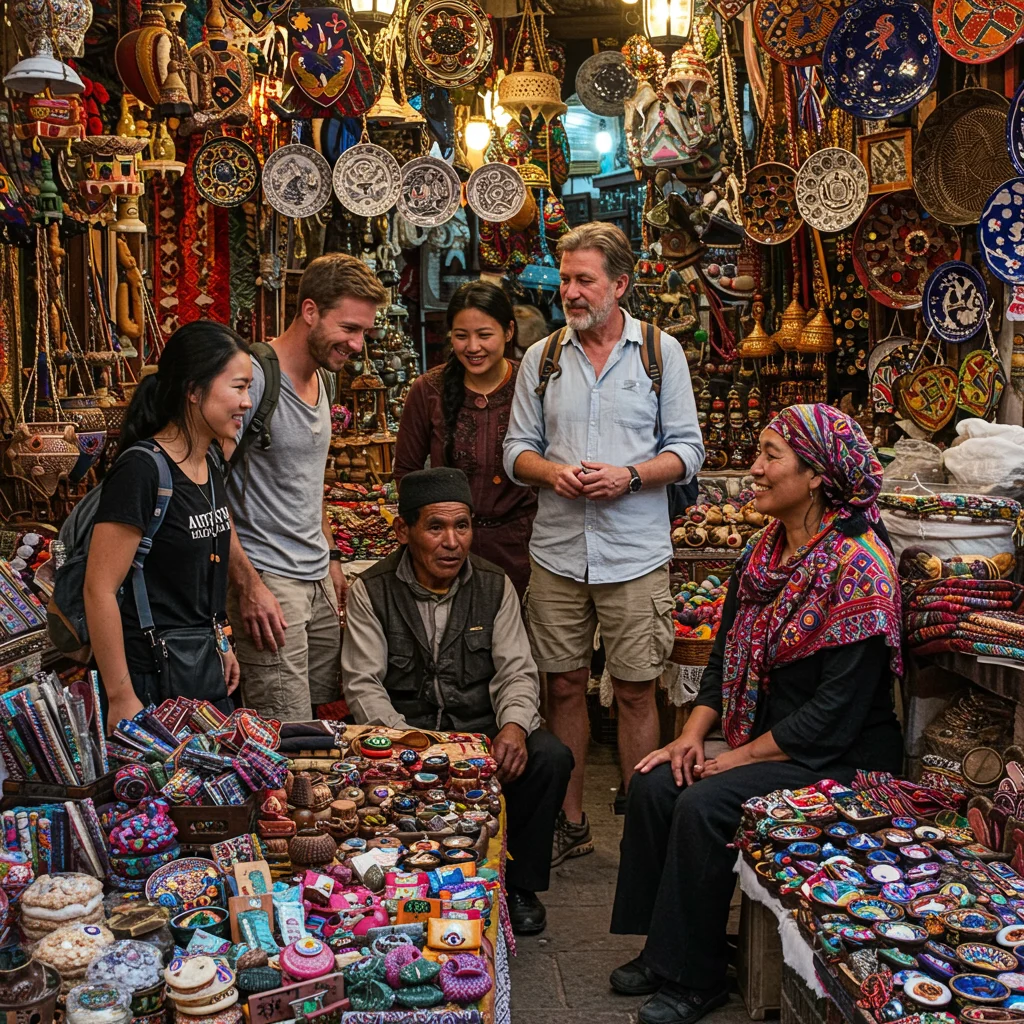
How Do Small Groups Enhance the Experience?
With fewer people, conversations flow naturally and everyone’s questions are heard. We find ourselves exchanging stories and tips, often forging friendships that last beyond the tour. The intimacy also encourages more meaningful interactions with our hosts.
Building Connections With Fellow Travelers
Whether toasting over lunch or comparing tasting notes, small groups make it easy to connect. Shared interests and the relaxed pace lead to memorable moments and sometimes spontaneous detours, adding a sense of adventure to the day.
Interacting With Local Winemakers and Staff
Direct engagement with those who craft the wines deepens our appreciation. We gain insights into local life, seasonal challenges, and the joys of working in one of the world’s most beautiful regions. These exchanges often become the highlight of our journey.
Cultural Insights: Traditions and Stories From Tuscany
Wine is woven into the fabric of Tuscan life, shaping traditions, festivals, and local identity. Understanding this cultural context enriches our experience beyond the glass.
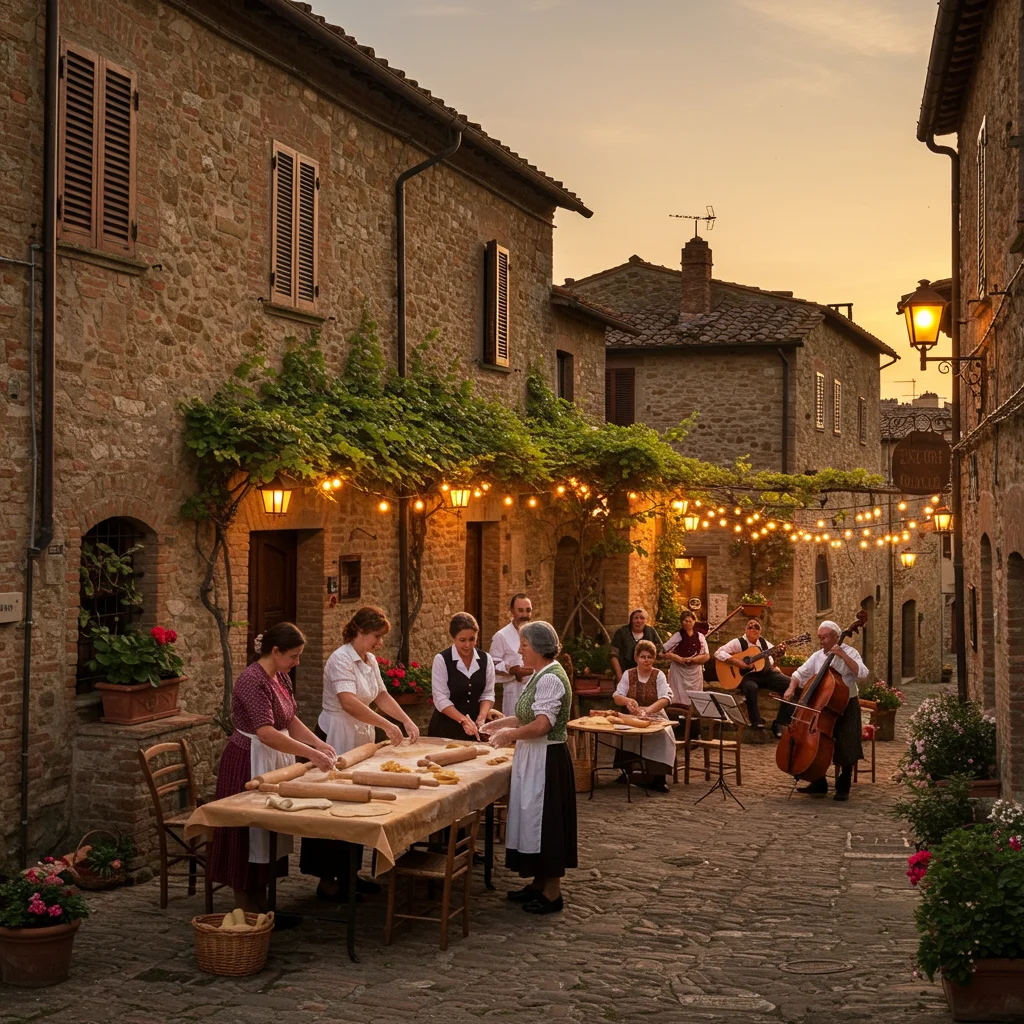
Tuscany’s Wine Festivals and Seasonal Events
Throughout the year, towns and villages host lively festivals celebrating the grape harvest, new vintages, and ancient customs. These events feature music, parades, tastings, and the joyful spirit of community. Participating in a festival offers a window into local life and the rhythms of the countryside.
Local Legends and Folklore Around Wine
Stories and legends abound in Tuscany, from tales of noble families who shaped the region’s wine laws to myths about miraculous harvests. These narratives add color and humor to our visits, reminding us that wine is as much about storytelling as it is about taste.
How Does Wine Shape Tuscan Identity?
Wine production is not just an economic activity—it is a way of life. Generations of families have poured their hearts into the land, and their pride is evident in every bottle. By sharing in their traditions, we become part of a living legacy that defines what it means to be Tuscan.
Photography Tips: Capturing the Tuscan Countryside
The beauty of Tuscany is irresistible to photographers. Rolling hills, golden light, and vibrant vineyards offer endless opportunities for stunning images.
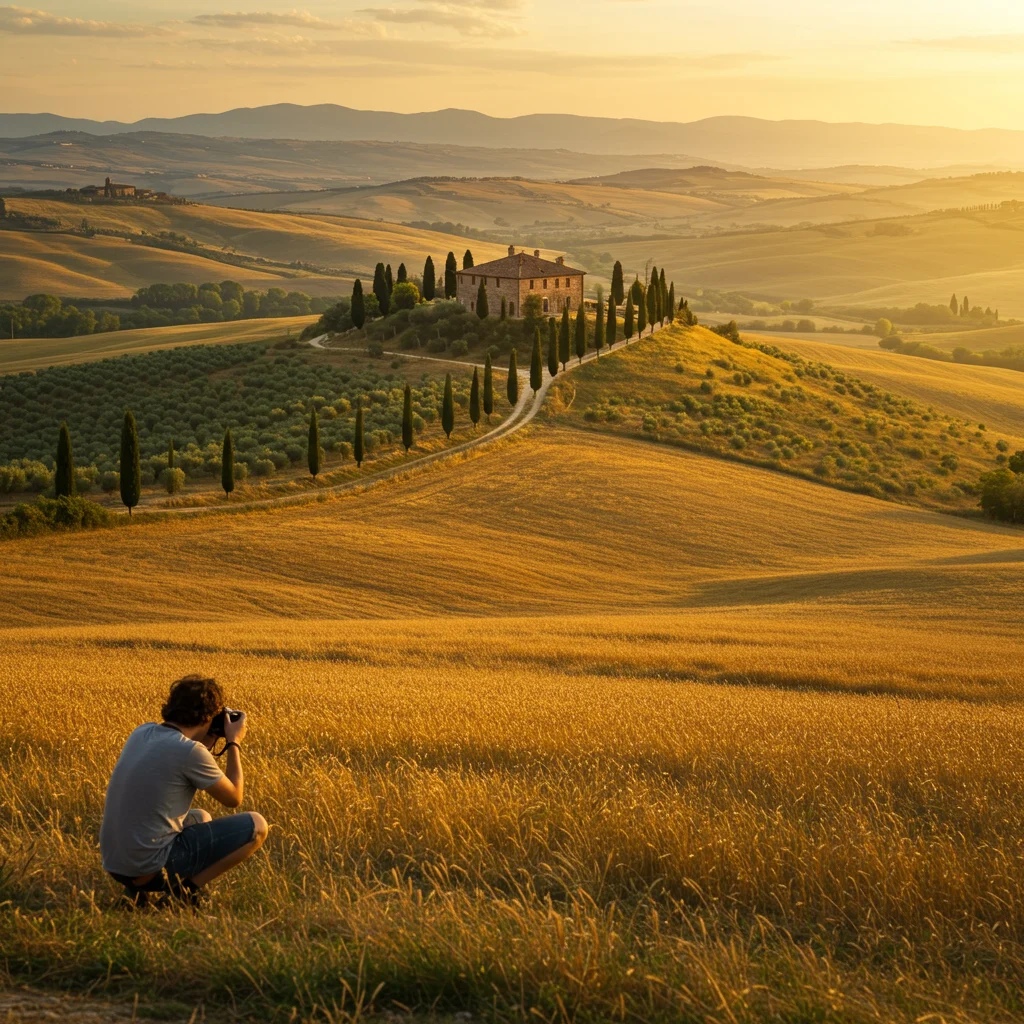
Best Spots for Photos at Vineyards
Look for vantage points overlooking rows of vines, especially at sunrise or sunset when the light is soft and golden. Picturesque villages, rustic stone buildings, and distant mountains provide dramatic backdrops for wide-angle shots and intimate portraits alike.
How to Photograph Wine Tastings and Glasses
Capture the sparkle of wine in the glass by positioning it against natural light. Focus on details—the swirl of liquid, the label, or hands toasting in celebration. Including elements of the table or landscape in the frame tells a richer story.
Respecting Privacy and Etiquette While Taking Photos
Always ask permission before photographing staff or other guests. Be mindful not to disrupt the flow of the tour or intrude on private moments. Respecting these boundaries ensures a positive experience for everyone involved.
Practical Tips for a Memorable Experience
Preparation and mindfulness help us make the most of our Tuscan wine adventure, from what we wear to how we pace ourselves throughout the day.
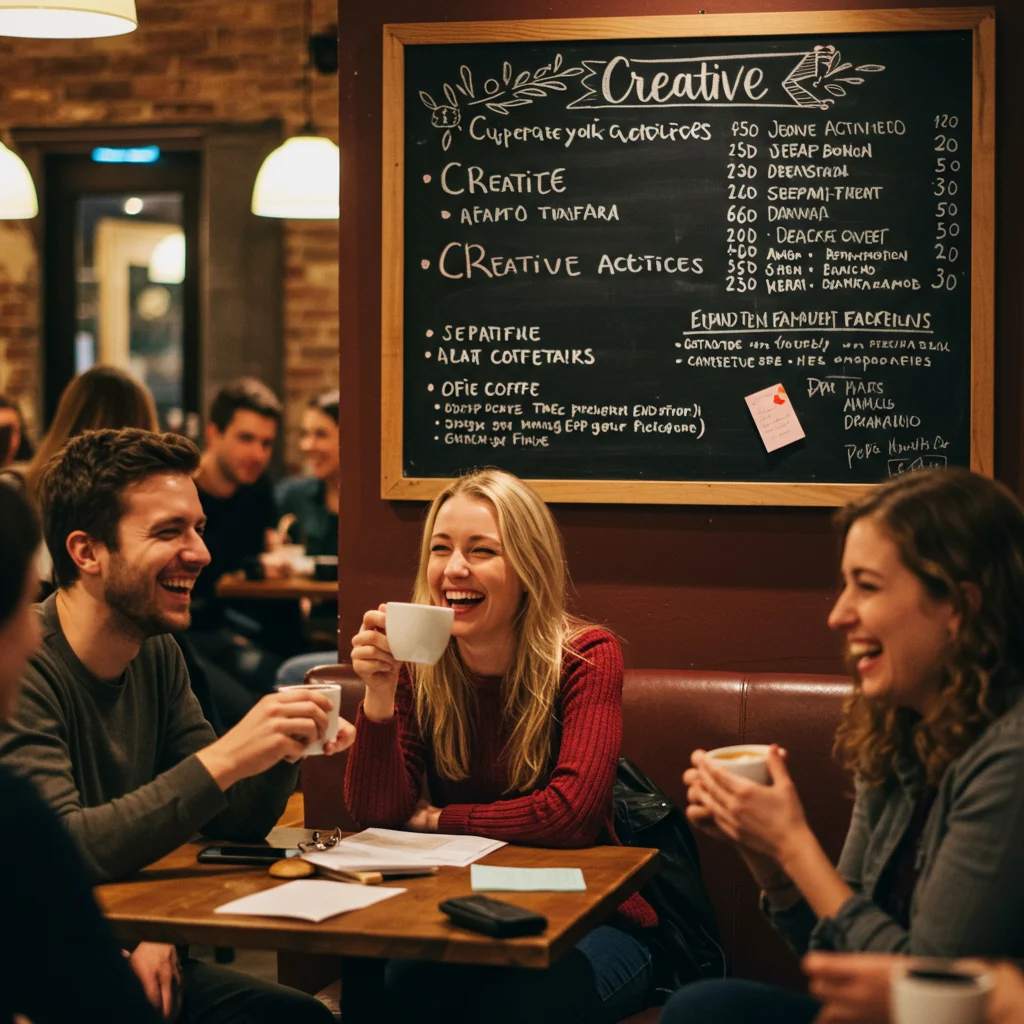
How to Dress for a Tuscan Wine Tour
Casual, comfortable attire is best. Choose layers to adapt to changing temperatures, and opt for shoes suitable for walking on uneven terrain. A hat or scarf can provide extra sun protection during vineyard walks.
Staying Comfortable During the Day
Stay hydrated and pace yourself during tastings. Take breaks in shaded areas and use the opportunity to rest and reflect between winery visits. A small bag for personal items keeps essentials handy without weighing you down.
Managing Wine Consumption Responsibly
Wine tastings emphasize quality over quantity. Spit buckets and water are always available, and guides encourage moderation. Responsible consumption ensures we enjoy every moment and remember the experience fondly.
What If You Don’t Drink Alcohol?
Many tours accommodate non-drinkers, offering grape juice, local sodas, or simply the pleasure of the countryside and company. The cultural, culinary, and scenic aspects of the tour remain just as rewarding.
Accessibility Considerations for Wine Tours
Some wineries offer accessible facilities, but not all. Check with providers about mobility requirements, steps, and bathroom access before booking. Guides are usually happy to assist, ensuring everyone can participate comfortably.
Souvenirs and Shopping: Bringing Tuscany Home
Bringing back a taste of Tuscany extends the memories of our trip and supports local artisans. Wine is the obvious choice, but there are many other treasures to discover.
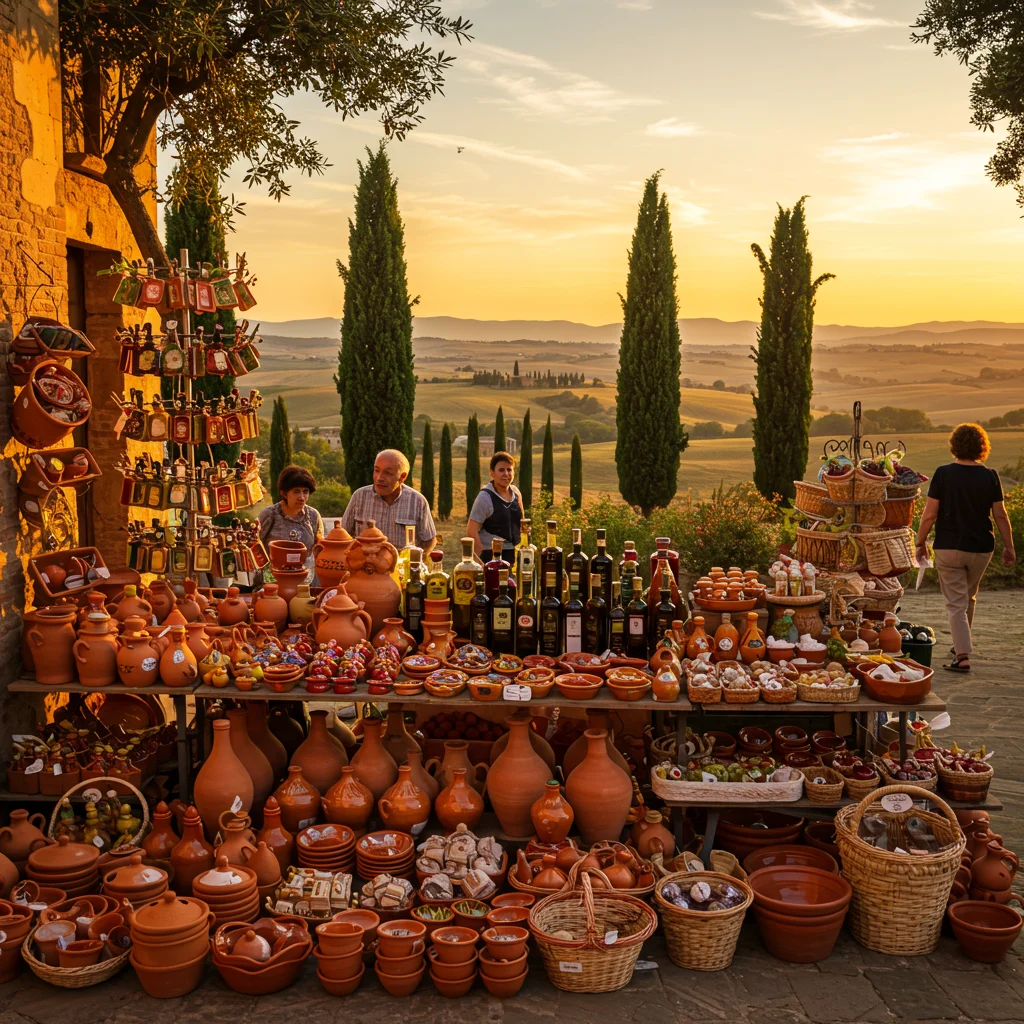
How to Choose and Ship Wine Home
Most wineries offer shipping services, making it easy to send bottles home safely. Consider the vintage, grape variety, and your own tasting notes when selecting wines. Keep in mind customs regulations and shipping costs to avoid surprises.
Other Local Products to Buy
Olive oil, honey, ceramics, and artisanal pasta are popular souvenirs. These items reflect the region’s culinary heritage and make thoughtful gifts for friends and family.
Supporting Small Wineries and Artisans
Purchasing directly from producers helps sustain local traditions and economies. We encourage seeking out family-run businesses and independent artisans whose passion and craftsmanship shine through in every product.
Frequently Asked Questions About Tuscan Wine Tastings
Travelers often have practical questions before booking a wine tour. Here are answers to some of the most common queries.
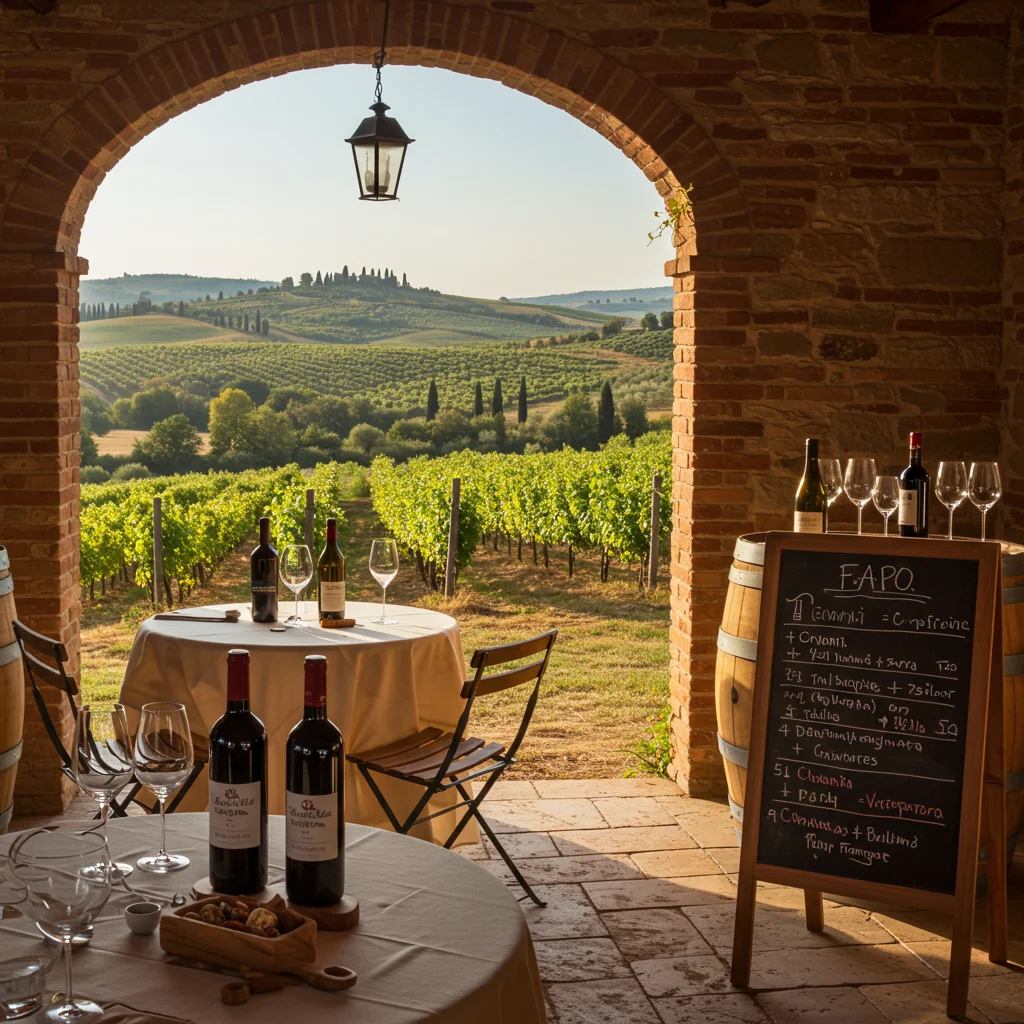
How Much Does a Small-Group Wine Tasting Cost?
Prices vary depending on the length of the tour, number of wineries visited, and inclusions such as meals or transportation. Expect to pay more for intimate, premium experiences, but the value lies in the quality of the wines and the depth of the cultural exchange.
Are Children Allowed on Wine Tours?
Some tours welcome children, offering non-alcoholic beverages and activities. Check age restrictions and suitability before booking, as not all wineries are equipped to accommodate younger guests.
Can You Customize Your Wine Tasting Experience?
Many providers offer customizable options, from private tours to themed tastings. Discuss your preferences with the company ahead of time to create a tailored itinerary that matches your interests.
What Languages Are Tours Offered In?
English and Italian are the most common languages for tours, but many guides also speak French, German, or Spanish. Confirm language availability when booking to ensure a smooth and enjoyable experience.
Tips for Booking the Best Small-Group Tour
Choosing the right tour company can make all the difference. Take time to research, ask questions, and compare options before making a decision.

How to Read Reviews and Choose a Reputable Company
Look for recent, detailed reviews that mention guides, vehicles, and the overall atmosphere. Consistent praise for knowledgeable staff and memorable experiences is a good sign. For inspiration on what to expect from top-rated tours in other destinations, see our story on the Iceland South Coast Full Day Small-Group Tour.
What Questions Should You Ask Before Booking?
Clarify group size, itinerary details, included amenities, and cancellation policies. Ask about dietary accommodations, accessibility, and the ratio of time spent at each winery versus in transit.
Comparing Private, Group, and Small-Group Tours
Private tours offer maximum flexibility but come at a higher price. Large group tours may be more affordable but sacrifice intimacy. Small-group tours provide a balance of value, access, and personal attention, making them our top recommendation for most travelers.
Sustainable and Responsible Wine Tourism in Tuscany
Responsible tourism benefits the land, the people, and future generations. By making informed choices, we contribute to the preservation of Tuscany’s natural and cultural heritage.
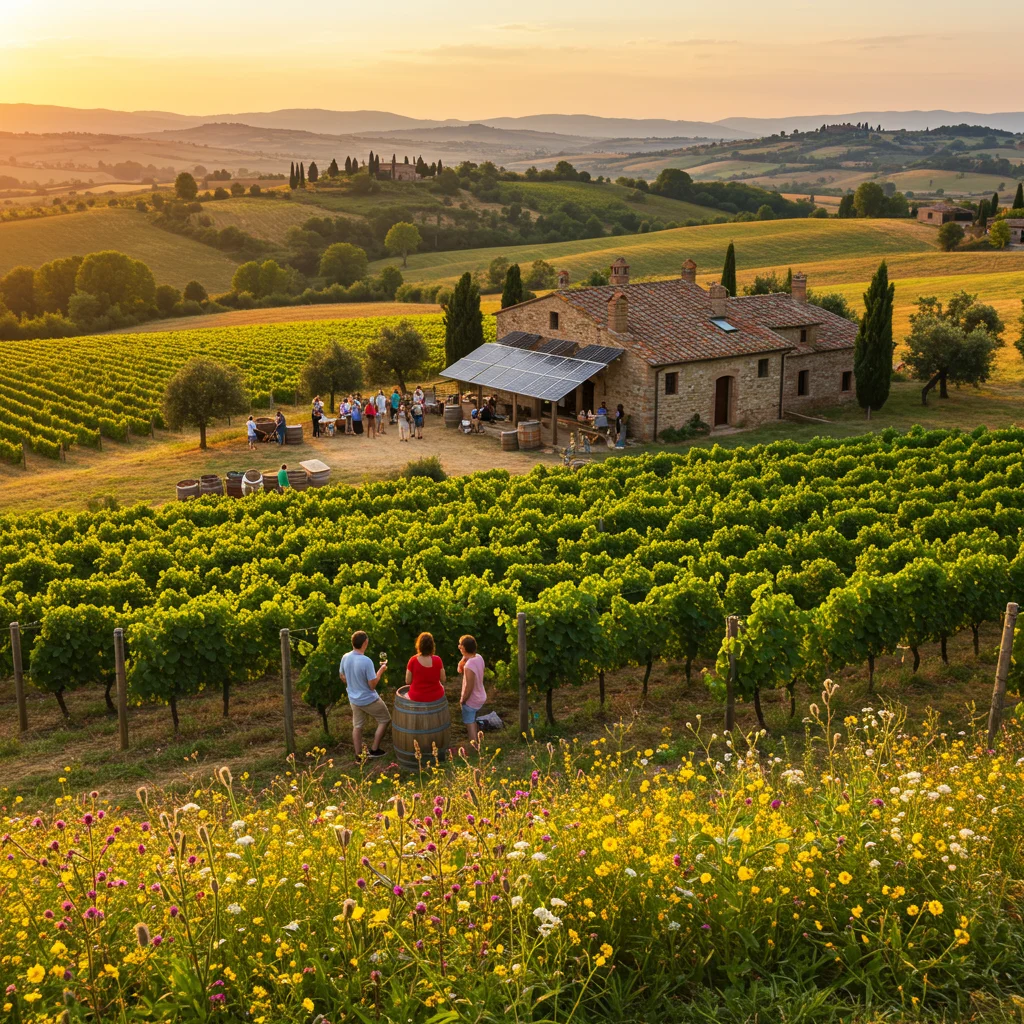
How to Support Eco-Friendly Wineries
Seek out tours that highlight organic, biodynamic, or sustainable producers. These wineries prioritize environmental stewardship, using natural methods to protect the soil, conserve water, and promote biodiversity.
Respecting the Land and Local Communities
Be mindful of waste, stick to marked paths, and respect private property while visiting vineyards. Supporting local businesses, from small wineries to family-run restaurants, helps maintain the vitality of rural communities.
What Are the Benefits of Responsible Tourism?
Responsible tourism preserves the beauty of Tuscany for future visitors, supports local livelihoods, and fosters a deeper connection between travelers and hosts. Our choices matter, shaping the kind of world we wish to experience and share.
Beyond Wine: Other Activities in the Tuscan Countryside
Tuscany offers much more than wine. The landscape is rich with opportunities for adventure, creativity, and relaxation.
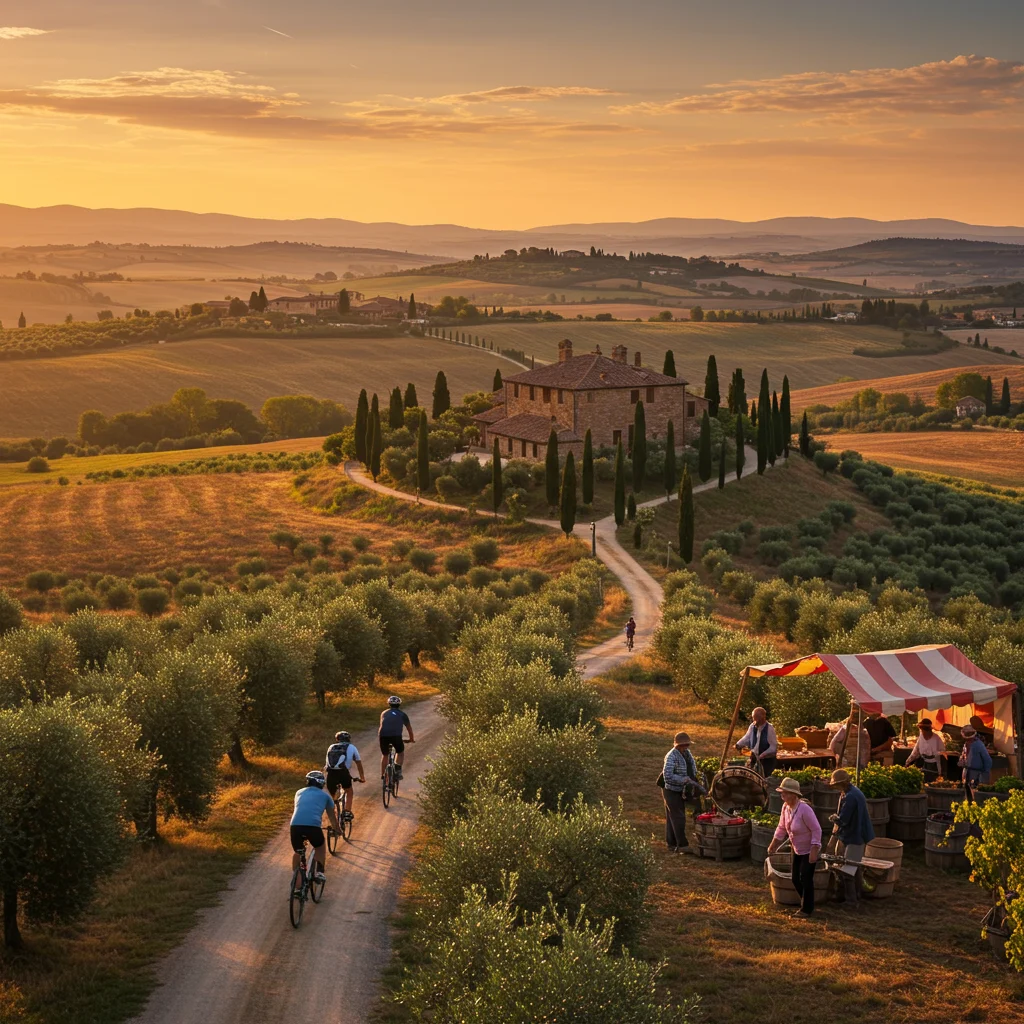
Exploring Medieval Villages and Castles
Many wine tours include stops in historic towns, where we can admire ancient architecture, browse local markets, and soak in the atmosphere of centuries past. Castles and fortresses, often perched atop hills, provide panoramic views and a sense of timelessness.
Cooking Classes and Culinary Experiences
Participating in a cooking class is a wonderful way to deepen our appreciation for Tuscan cuisine. We learn traditional recipes, handle local ingredients, and enjoy the fruits of our labor paired with regional wines. For those interested in a culinary-focused city experience, our account of the Florence Sunset Food & Wine Tour offers additional inspiration.
Hiking and Biking Through Vineyards
The countryside is crisscrossed with trails perfect for hiking or cycling. These routes wind through vineyards, forests, and olive groves, revealing the region’s natural beauty at a gentle pace.
Hot Air Balloon Rides Over Tuscany
For a truly unforgettable perspective, consider a sunrise hot air balloon ride. Floating above the hills, we witness the patchwork of fields, rivers, and villages bathed in golden light—a magical memory to cherish.
Conclusion: Why a Small-Group Wine Tasting Is the Ultimate Tuscan Experience
In Tuscany, wine is more than a beverage—it is a bridge to the land, its people, and its traditions. A small-group wine tasting allows us to savor these connections in an intimate, immersive way. We return home not only with new flavors on our palate but also with stories, friendships, and a heightened appreciation for the art of living well.
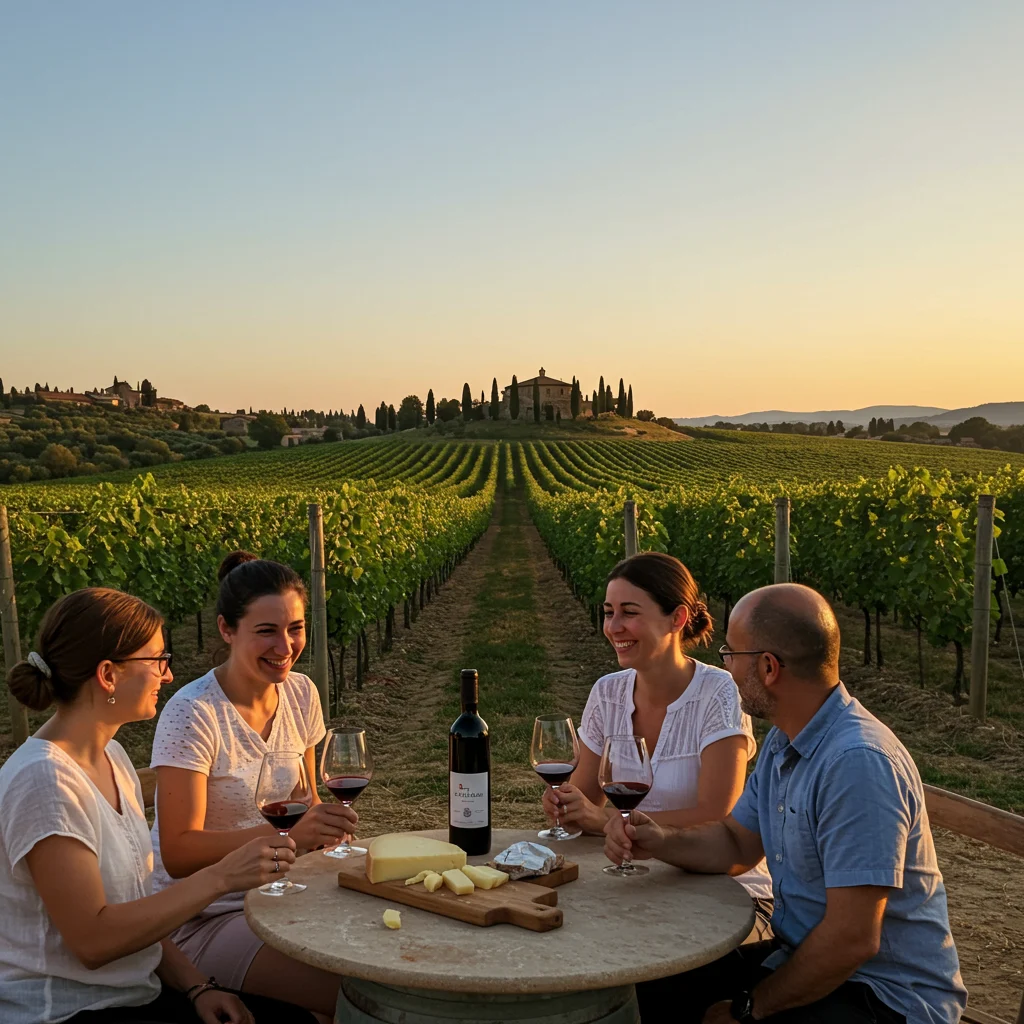
How to Start Planning Your Tuscan Wine Adventure Today
If you are ready to experience the magic of the Tuscan countryside, there is no better time to begin. Tourlik offers a curated selection of small-group wine tours and authentic Italian experiences, helping you plan every detail with confidence. Visit Tourlik to find the perfect adventure for your next journey through Tuscany’s vineyards and villages.



